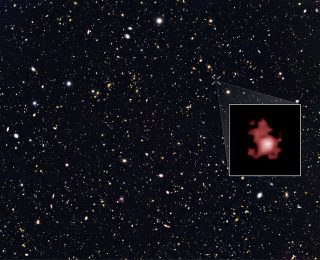
by Steph Greis | Nov 8, 2016 | Daily Paper Summaries
Recently the most distant galaxy was detected, residing at a time when the Universe was a mere 400 million years old. However, many intriguing questions surround it: how did it form? How can it be so bright? What is its eventual fate?
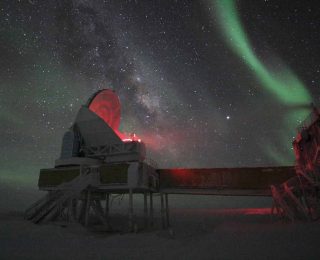
by Steph Greis | Oct 26, 2016 | Daily Paper Summaries
Today’s astrobite explores one of the most extreme distant galaxies: a dusty, star forming galaxy at redshift 5.7 which has been found to have one of the highest star formation densities of any known galaxy in the Universe. But what causes this? Does it contain an active galactic nucleus?
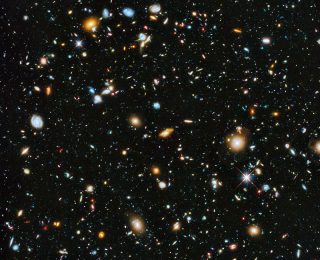
by Steph Greis | Sep 8, 2016 | Classics
A look at a classic paper exploring a novel technique to select distant galaxies by waiting for them to drop out of the spectra…
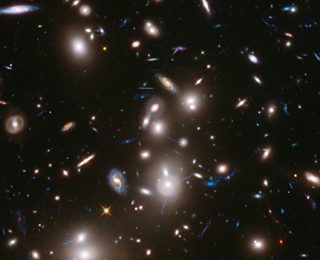
by Steph Greis | Aug 3, 2016 | Daily Paper Summaries
Studying the internal conditions of some of the most distant galaxies is made difficult by their small projected sizes and low surface brightnesses. The authors of today’s paper investigated a sample of nearby analogue galaxies which mimic the properties of those found in the distant Universe.
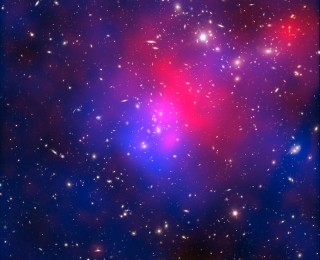
by Steph Greis | May 10, 2016 | Daily Paper Summaries
The Epoch of Reionization remains one of the most transformative periods of the Universe. Using a technique to break observations into different size components, the authors of today’s paper directly investigate the galaxies which might have been responsible for this change in the Universe’s history.





